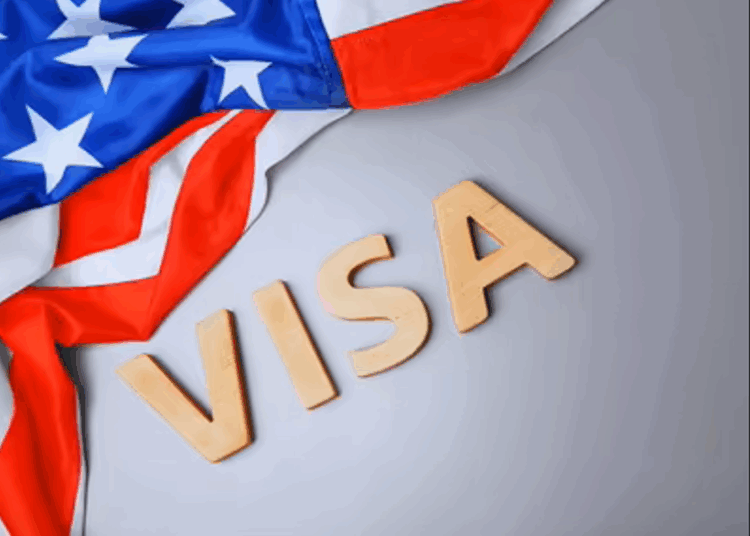Many financially vulnerable private colleges in the United States face heightened uncertainty as new visa restrictions introduced by the President Donald Trump administration jeopardise their reliance on international students enrollment as critical source of their revenue.
According to a recent Forbes report, 16 nonprofit institutions, including St. Francis College in New York and Hult International Business School in Boston were at heightened risk due to their dependence on foreign students.
These colleges share three red flags: international students make up at least one-third of enrollment, more than half of their income comes from tuition and fees, and each received a C+ or lower on Forbes’ latest financial health rankings.
St. Francis College, for instance, has been operating at a deficit since 2017, recovering only briefly in 2023 after a $160 million property sale.
The college cut costs by scrapping its Division I athletics programme and laying off staff to stay afloat.
Yet, auditors have flagged concerns about its long-term viability. With a relatively small endowment of $46 million, St. Francis has leaned on a rapid rise in international students, nearly tripling foreign enrollment between 2022 and 2023, to stabilise operations.
In June 2025, the U.S. State Department paused all new F-1 and J-1 student visa appointments. Just weeks later, President Trump signed an executive order halting visa issuance from 12 countries, including Iran, Somalia, and Yemen, a move the administration described as a national security measure.
However, colleges dependent on overseas students are already feeling the sting.
Over 75% of students at Harrisburg University and Hult International are from abroad.
Similarly, the Manhattan School of Music and California College of the Arts report international student populations of 51% and 42%, respectively.
All 16 institutions flagged by Forbes either declined or did not respond to requests for comment.
Experts warn that international students are essential to the survival of many of these institutions, particularly because they often pay full tuition without financial aid.
At Campbellsville University in Kentucky, foreign students comprise nearly half of the student body, while 83% of the school’s revenue comes from tuition and fees.
Likewise, the University of Bridgeport in Connecticut, with 36% international students, derives 72% of its income from tuition.
According to the National Foundation for American Policy, one in four billion-dollar U.S. startups was founded by former international students.
A separate federal study confirms that most of these graduates remain in the country, contributing to the research, science, and innovation sectors.
Hereunder are the 16 colleges at risk, according to Forbes:
• Harrisburg University of Science and Technology, Pennsylvania
• Hult International Business School, Massachusetts
• Maharishi International University, Iowa
• New England College, New Hampshire
• Manhattan School of Music, New York
• Campbellsville University, Kentucky
• Stevens Institute of Technology, New Jersey
• Illinois Institute of Technology, Illinois
• California College of the Arts, California
• The New School, New York
• University of New Haven, Connecticut
• University of Bridgeport, Connecticut
• Saint Peter’s University, New Jersey
• Lindsey Wilson College, Kentucky
• Missouri Valley College, Missouri
• St. Francis College, New York





